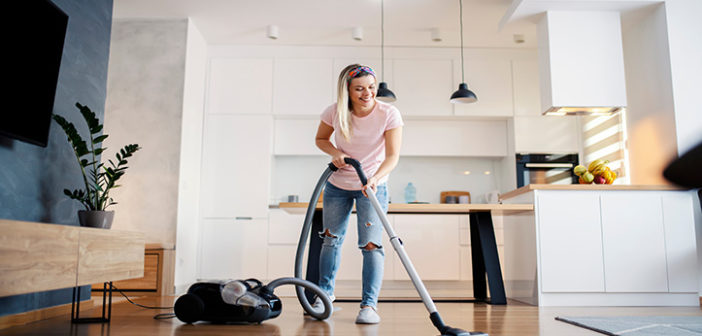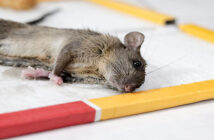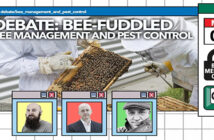The British Pest Control Association (BPCA) says vacuum cleaners are best placed to spot possible flea infestations and to take action quickly./
BPCA’s technical manager, Natalie Bungay, said cleaners working in businesses, and major buildings such as hospitals, schools and office blocks, are in prime position to spot a possible infestation – and take the first steps to tackle it.
Ms Bungay said that a common misconception about fleas is that they are associated with dirty environments. They could be transported into any property and, like most insects, will thrive in warmer weather.
In residential settings, the most common first sign of fleas is usually a pet scratching, licking or biting itself repeatedly
The most common species of flea in the UK is the cat flea, which despite its name, will also feed on dogs. Birds and their nests can also be the source of a flea infestation.
Female fleas can lay 1,000 eggs over the course of their lifespan, which is usually around two years. The eggs hatch into larvae, which then go through a pupal stage before emerging as adult fleas in anything from two weeks to eight months, depending on environmental factors.
A fully formed flea can remain in its cocoon until it detects the vibration and movement from a potential host.
Ms Bungay said: “This means that while you might be able to see fleas jumping around on soft furnishings, the eggs, larvae or pupae could also be lurking somewhere nearby.”




